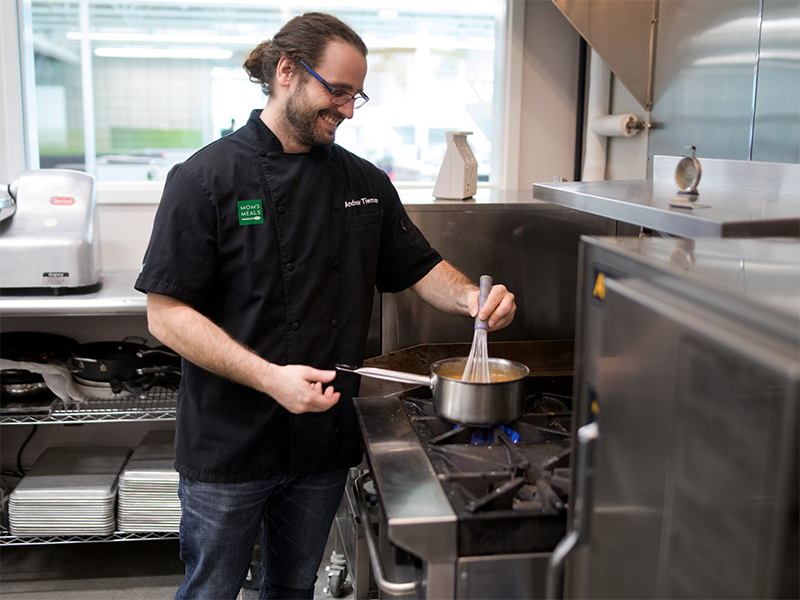Hunger has many faces in America. Most people think of children and people who are unhoused going hungry. But there is one group who experiences high levels of hunger and has more complications from the lack of proper nutrition: older adults.
According to Feeding America, one in 15 U.S. seniors faced hunger in 2020. That’s about 5.2 million people over age 60 who don’t get enough to eat to live a healthy life. In the past two decades, food insecurity has increased by 45% among older adults and is the fastest growing food insecure population.
Food insecurity affects some groups of older adults more than others, including people with lower incomes, those who rent versus own their homes and people aged 60-69. Black and Latino individuals experience food insecurity at a rate over 10 times that of white, non-Hispanic individuals.
Causes of food insecurity
What’s the difference between hunger and food insecurity? Hunger is a physical feeling of discomfort, pain, and weakness due to not having food over a period of time. Food insecurity is not having access to adequate amounts of food to lead a healthy, active life.
Older adults may experience food insecurity for several reasons:
- Many live on relatively low fixed incomes due to several factors, including no longer working or they receive government aid. With costs increasing — including groceries — it may be harder to stretch budgets to afford the food they need.
- People with lower incomes tend to also live in “food deserts,” areas that have limited access to affordable, nutritious food. They may also live in “food swamps” that have an abundance of fast food or junk food outlets, but not high-quality options.
- Transportation and mobility issues also make it difficult for some older Americans to grocery shop and prepare meals.
The effects of food insecurity
Lack of enough food — especially healthy food — can have serious effects on older adults. Here’s why:
- Malnutrition: Consuming fewer calories due to lack of food means older adults don’t get the key vitamins, minerals and protein they need to stay healthy and that can lead to serious health issues which are harder for them to fight.
- Mental health issues: Living with uncertainty about where their next meal will come from can lead to stress, depression and anxiety for food insecure older adults.
- Chronic conditions: Over time, an unhealthy diet can lead to chronic health conditions in seniors, including diabetes, high blood pressure and heart disease. About 85% of older adults live with one chronic health condition, 60% have at least two.
With poor diet being one of the main lifestyle risk factors of developing chronic conditions, it’s important that solutions are found to help more of the senior population gain access to healthy and nutrient-rich meals.
Helping fix the problem
For older adults facing food insecurity, there are programs available to offer food assistance and help them access needed nutrition. The Supplement Nutrition Assistance Program (SNAP) is a government program available to eligible low-income households to help them buy food. Most communities also have food pantries and food box delivery services for people in need.
Home-delivered meals are another good option for older adults. Mom’s Meals® delivers fully prepared, refrigerated meals to people nationwide including nine health condition menus. We offer meals to recipients under certain Medicaid and Older American Act programs.



